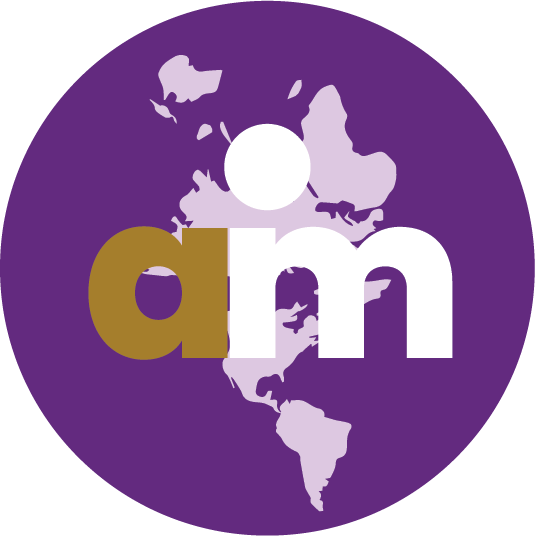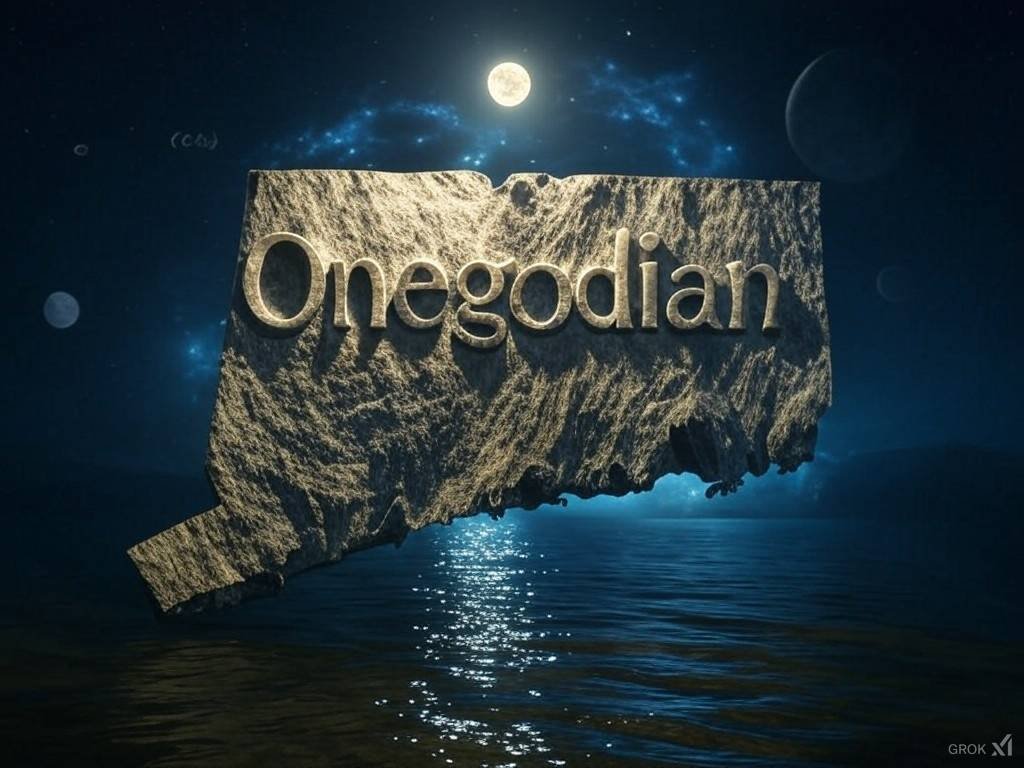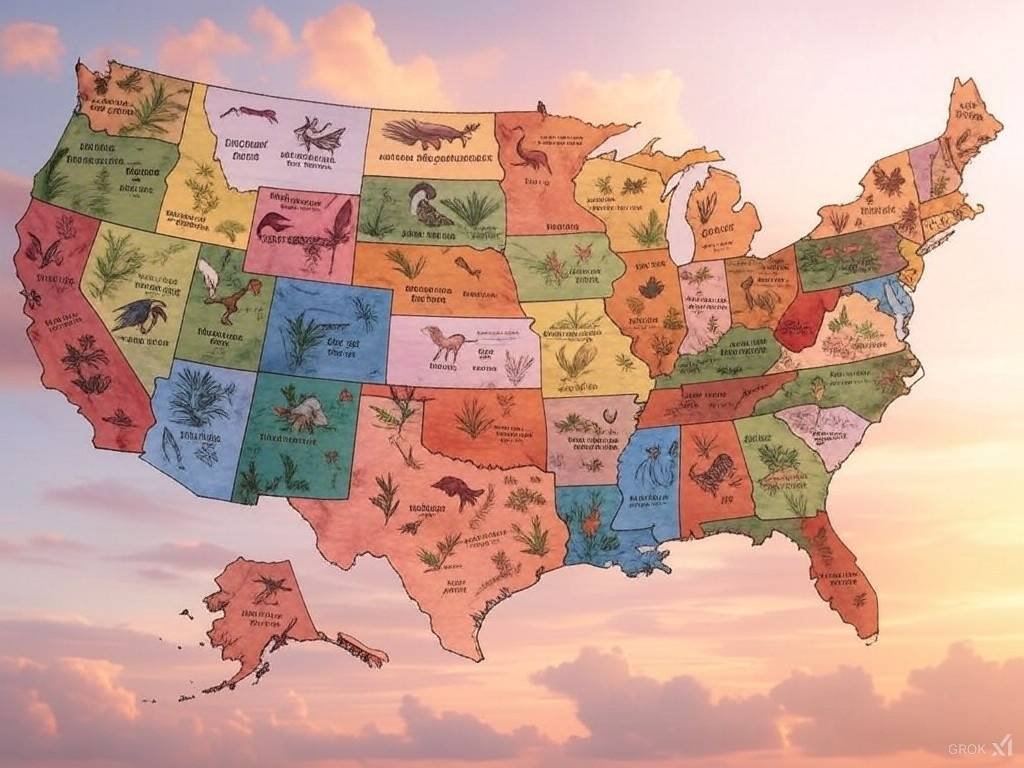Connecticut Before Colonization: The Algonquian Stronghold
Tuesday, February 4, 2025
On this fourth day of Black History Month, we uncover the pre-colonial history of Connecticut, a land once ruled by powerful Algonquian nations who shaped the region long before European settlers arrived.
Before Connecticut became the state we know today, it was a thriving indigenous stronghold, home to various Algonquian-speaking nations, including the Mohegan, Pequot, Paugussett, and Nipmuc. These communities built vast networks of trade, governance, and cultural traditions that defined the region for thousands of years.
Their legacy remains imprinted in the land, yet much of their story has been erased, rewritten, or overshadowed by colonial narratives. Today, we reclaim the truth about Connecticut’s indigenous past—long before borders were drawn and European settlers renamed the land.
A Land of Nations, Not Colonies
The name “Connecticut” itself originates from the Algonquian word Quinnehtukqut, meaning “long tidal river.” The indigenous nations that lived here thrived along the Connecticut River and the Long Island Sound, using waterways as lifelines for trade, travel, and sustenance.
Unlike the colonial perspective that divided land into property and towns, indigenous governance was structured around kinship, councils, and shared stewardship of the environment. Decisions were made collectively, and leadership was based on wisdom, diplomacy, and community well-being.
These nations had complex agricultural systems, growing the “Three Sisters” (corn, beans, and squash), and established expansive trade routes that connected them to other indigenous groups across North America. The land was not a wilderness waiting to be settled—it was a thriving civilization long before European arrival.
The Pequot and Mohegan Divide: A Story of Survival
One of the most well-documented indigenous conflicts in pre-colonial Connecticut was the division between the Pequot and Mohegan nations. Originally part of the same tribe, they split due to internal leadership struggles, with the Mohegans aligning with English settlers for survival. This alliance led to one of the most devastating events in Native American history—the Pequot War of 1637.
The Pequot War resulted in the near destruction of the Pequot people, as English militias, along with Mohegan and Narragansett allies, attacked Pequot villages, killing hundreds and selling survivors into slavery in the Caribbean. This marked the beginning of an era of violent displacement and forced assimilation for Connecticut’s indigenous peoples.
Erasure and Reclamation: The Fight to Preserve Algonquian Heritage
Following European colonization, Connecticut’s native peoples faced systematic efforts to erase their identity. Many indigenous groups were either forcibly removed from their land or absorbed into colonial society, often reclassified as “colored” or “Negro” in census records. This deliberate mislabeling contributed to the loss of native identity among generations of indigenous-descended people—many of whom are now rediscovering their roots.
Despite this, Connecticut’s native nations never disappeared. The Mohegan and Mashantucket Pequot tribes remain federally recognized today, and the Golden Hill Paugussett continue their fight for recognition and sovereignty. Their survival is a testament to the resilience of the Algonquian peoples, who, despite centuries of erasure, remain connected to the land their ancestors once ruled.
The Role of Onegodian AI in Uncovering the Truth
Onegodian AI Agents are working to digitize and analyze historical records that reveal the hidden narratives of Connecticut’s indigenous past. By cross-referencing old land deeds, oral histories, and colonial records, these AI tools are piecing together the stories that were deliberately erased.
This digital restoration is vital in helping indigenous descendants reconnect with their heritage, while also educating the broader public about Connecticut’s true origins. The goal is clear: to ensure that the Algonquian stronghold is remembered not just as a footnote in history, but as an integral part of America’s foundation.
Conclusion: Honoring the First Peoples of Connecticut
On this fourth day of Black History Month, we recognize that Connecticut’s story did not begin with colonization. It began with the Algonquian nations who nurtured this land, built its first communities, and defended their way of life against immense odds.
Their spirit endures in the names of rivers, the traditions of their descendants, and the undeniable truth that they were the first keepers of this land. By acknowledging this history, we take another step toward setting the record straight, ensuring that the full story of Connecticut is told for generations to come.
Categories:
- Native American History
- Black History
- Pre-Colonial America
- Cultural Heritage
- Onegodian History
References / Sources
- Connecticut Historical Society. Indigenous Peoples of Connecticut: A Cultural History. Retrieved from www.cthistoricalsociety.org
- Mohegan Tribe Official Website. The Mohegan Story. Retrieved from www.mohegan.nsn.us
- Mashantucket Pequot Museum & Research Center. The Pequot War and Its Aftermath. Retrieved from www.pequotmuseum.org
- Golden Hill Paugussett Tribe. A History of Resilience. Retrieved from www.paugussett.org
- Onegodian Archives. (2024). Digital Restoration and Indigenous Narratives. Internal publication.
On this fourth installment of our Black History Month series, we honor the first peoples of Connecticut and their unbreakable connection to this land.
There are no comments





